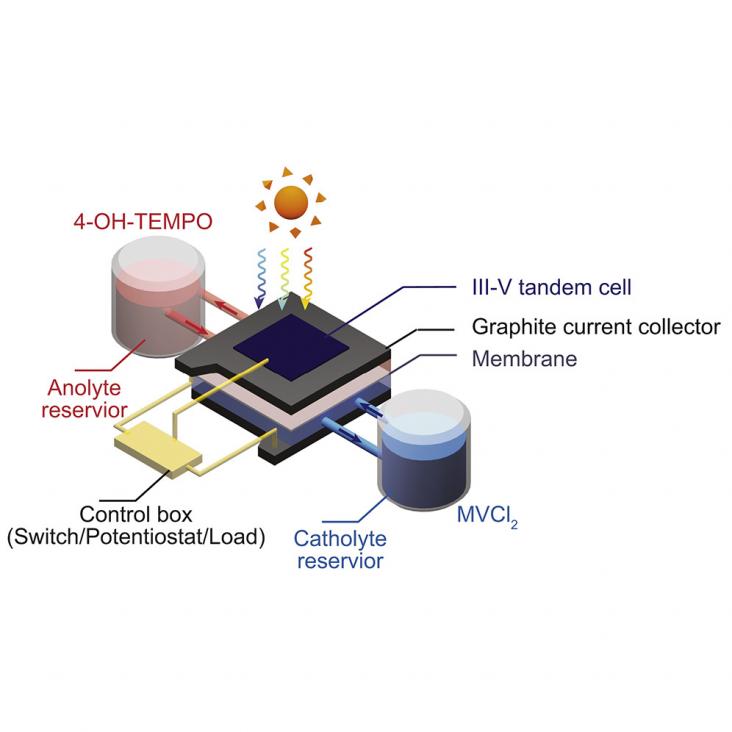
A Comprehensive Guide to Solar Energy Systems With Special Focus on Photovoltaic Systems, 2018, Pages 81-107.
Carbon-Based Polymer Nanocomposites for Environmental and Energy Applications, 2018, Pages 437-61.
Carbon-Based Polymer Nanocomposites for Environmental and Energy Applications, 2018, Pages 415-436.
Advances in Renewable Energies and Power Technologies, Volume 1: Solar and Wind Energies, 2018, Pages 115-161.
Advances in Renewable Energies and Power Technologies, Volume 2: Biomass, Fuel Cells, Geothermal Energies, and Smart Grids, 2018, Pages 345-375.
Sustainability, Energy and Architecture, Case Studies in Realizing Green Buildings, 2013, Pages 359-385.
